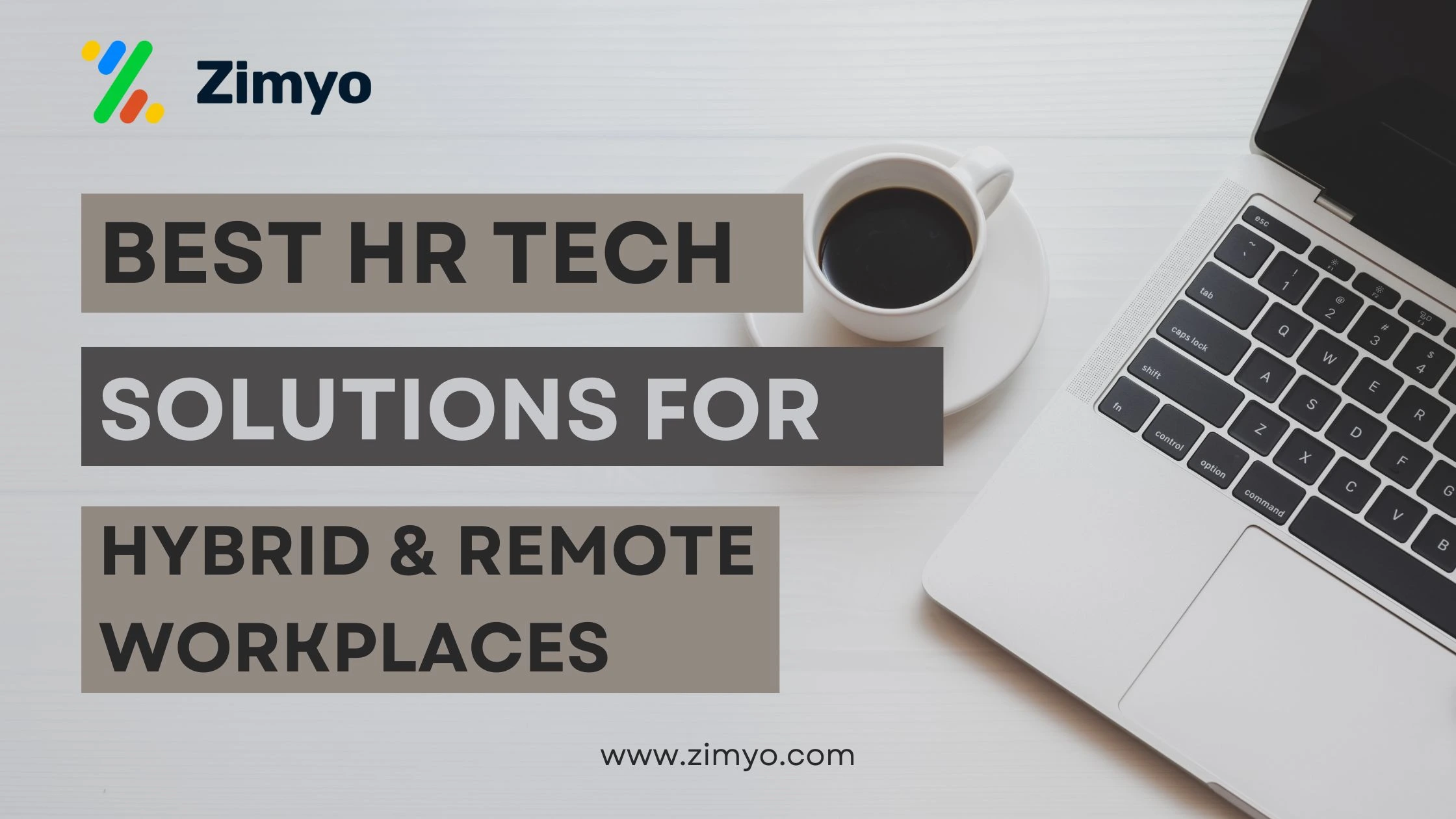Data is one thing that is on everyone’s mind today. Right from marketers to AI developers, everyone is looking for data to make their service/products more efficient. And Human Resource departments are not far away from it. It holds together the core of it, which is the company personnel. The need for an HR as a department in its own might seem to be a pretty new concept, but it has been there since the time business has existed, and its existence, itself emphasizes the importance of its data is all the more novel. But most of the leaders of companies and HR firms have realized how necessary it has become to maintain data.
From mobiles, tablets to computers, everything has data storing machines which help us to produce data digitally and store for further use. This data plays an important role in the betterment of the company as well as the individual. Maintaining immaculate data points help the decision-makers to track the performance, derive trends, and much more.
These records are proved to be beneficial in wide scope, right from recruitment, pay agreements, holiday records, and performance appraisals to even new recruitments. Without these records, it could be very difficult for the company to keep track of the employee’s performance and the productivity that he/she shows in the duration of the employment. An absence of such significant data can block both the development of the business and the advancement of the individual worker, so everybody profits by the same set of records.
The coalition of technology and Human Resource has never mattered more than in the year 2019. There has been software that is constantly developed and evolved for precisely this need for data in the HR industry. Softwares like Zimyo, BambooHR, Zoho people, Dayforce HCM, and SAP success factors are some of the top software for maintaining data for the HR. Most of this software is designed for both small and big companies and offer a very user-friendly UI for anyone to use.
An efficient HR of any company makes sure to have accurate data of every employee so that they can take personalized efforts on making the employees comfortable and content in the company setting. For example, birthday’s data is very important because getting a cake/chocolate from the company you work in every day makes you feel special. Without the data of employee birthdays, HR can’t know if any such gesture would be feasible to be done. On a more efficient note, the data of hierarchy or Key Result Areas is another domain which helps the employee to function smoothly and for HR to function smoothly with the employee. With KRAs, the employee is clear of the kind of his job roles, and if they have to lay that person off, a KRA makes it simple for the next employee who comes in. Because of the clear job roles that were defined for the employee that he/she replaced.
Another benefit of keeping accurate employee records is to minimize any potential disputes between employer and employee. Any basic HR software would have a feature of storing data of payslips which will allow an employer to keep precise records of punctuality and attendance, holiday entitlements, and pay agreements, while they would also have evidence the employee following work procedures.
The database has been a prime mindset in every industry, and since HR is dealing with humans, it needs a database to be more and more systematic every day. HR is the backbone of a company and managed employee data can make it function easier and better. Using software solutions to improve collecting, verifying, and using data is the future of HR employee management




